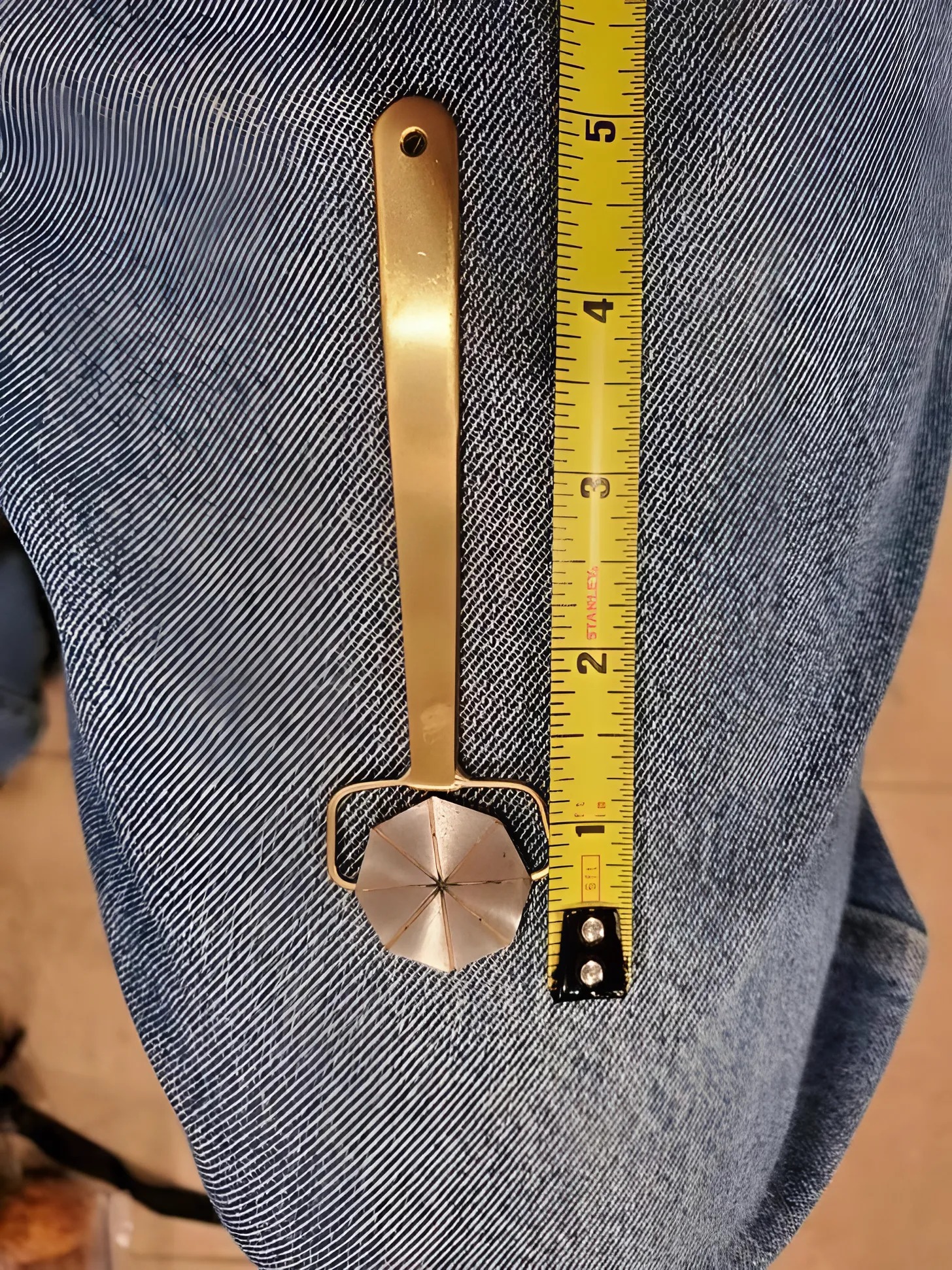While exploring an old storage room at work one day, I came across a strange item — a slim brass handle with an octagonal head that could spin. It felt cold and heavy in my hand, unlike any tool I’d seen before.
I guessed it might be some kind of measuring device, but I couldn’t figure out what for. Curious, I started researching, diving into online forums and old manuals. I soon discovered it was a magnetic field indicator used by railway workers decades ago.
The brass handle made sense—it’s non-magnetic and doesn’t spark, which is crucial for safety near electrical parts. The octagonal head rotates to detect magnetic fields from all directions. This tool was used to check the electrical contacts beneath train tracks that control signals and switches. If there was a problem, this device helped identify it before anything dangerous happened.
I imagined someone standing on a rainy track holding this tool, ensuring everything was safe. The brass also resists corrosion and avoids sparking in risky environments. The rotating head ensured workers didn’t miss any magnetic activity.
Nowadays, digital sensors do this work, making the tool seem old-fashioned. But it never needed batteries, never failed in harsh weather, and was built to last. Holding it felt like holding history—a simple tool that once played a quiet but vital role in train safety.
Now, it sits on my desk as a reminder that not all important tools are flashy. Sometimes, the simplest designs are the most reliable, showing how much care went into keeping people safe in the past.


